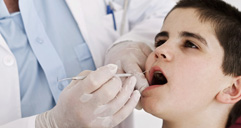Bleeding Gums
Bleeding gums is a sign that you are at risk, or already have, gum
disease. The cause of such a problem is improper flossing and
brushing which causes plaque to build up. For treatment, you should
visit us to have the plaque removed and to get advice on the type of
toothbrush and suitable mouthwash to use as well as the proper
flossing techniques.
Dental Tips
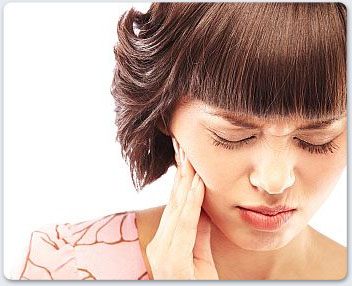
|
|
|
Dental Abscess |
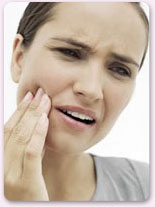 |
|
Receding Gums |
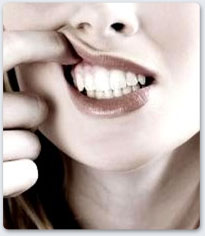 |
|
Tooth Discoloration |
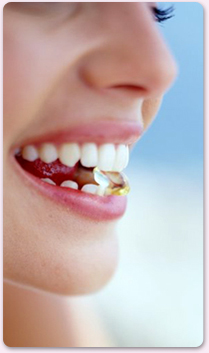 |
|
Chronic Bad Breath  |
|
|
Knocked tooth |
 |
|
Preventative Care 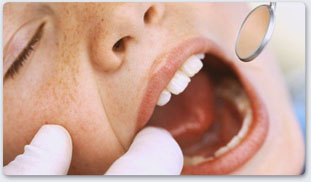
Flossing cleans about 40% of your teeth. Proper flossing can help prevent gum disease. After a few days of flossing, you should notice cleaner teeth and healthier gums. Smoking or chewing tobacco increases the risk of periodontal (gum) disease. Smokers are more likely to develop plaque and tartar on their teeth than non-smokers. Therefore, make sure you:
|
 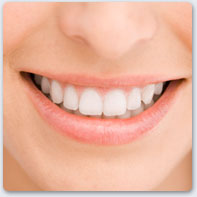 |





